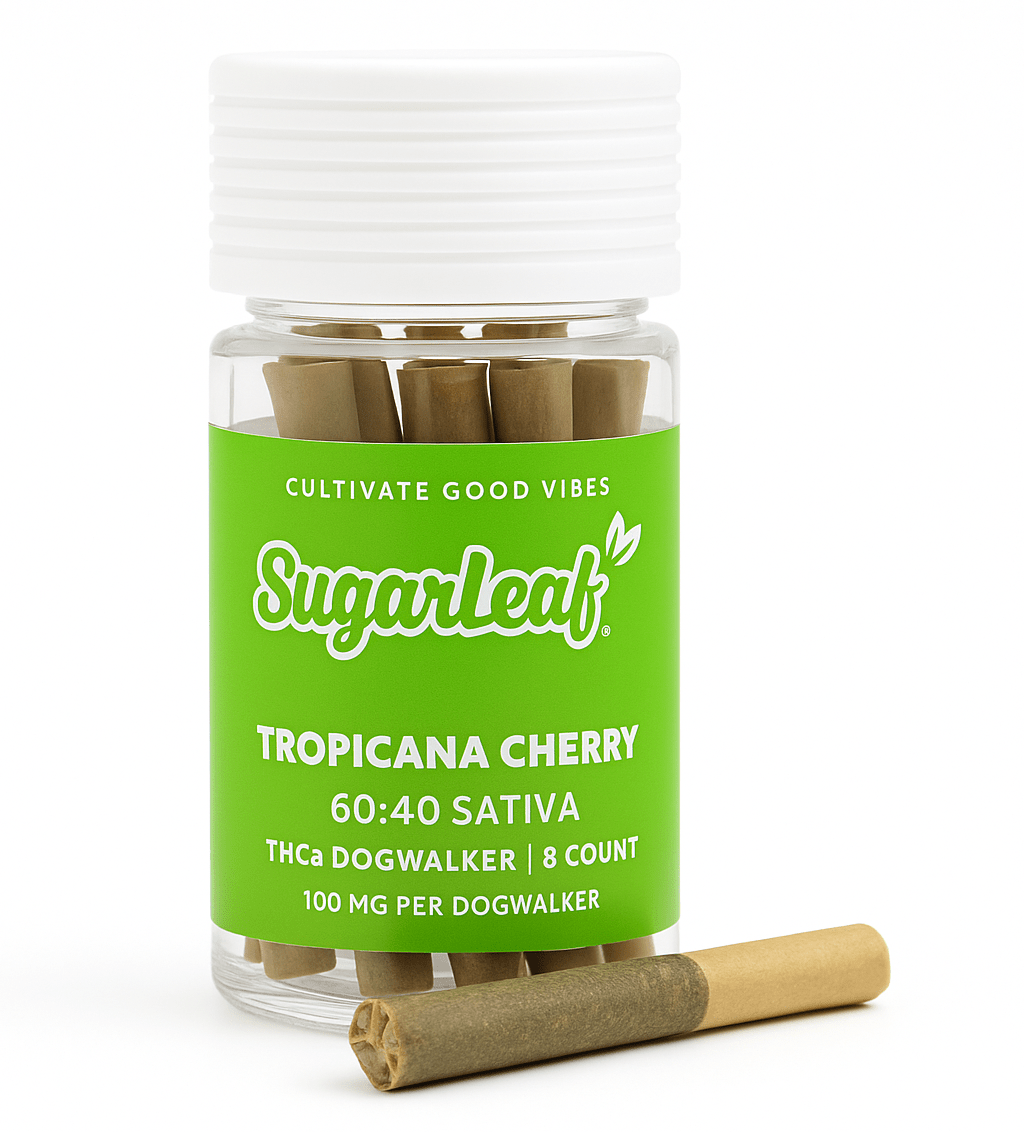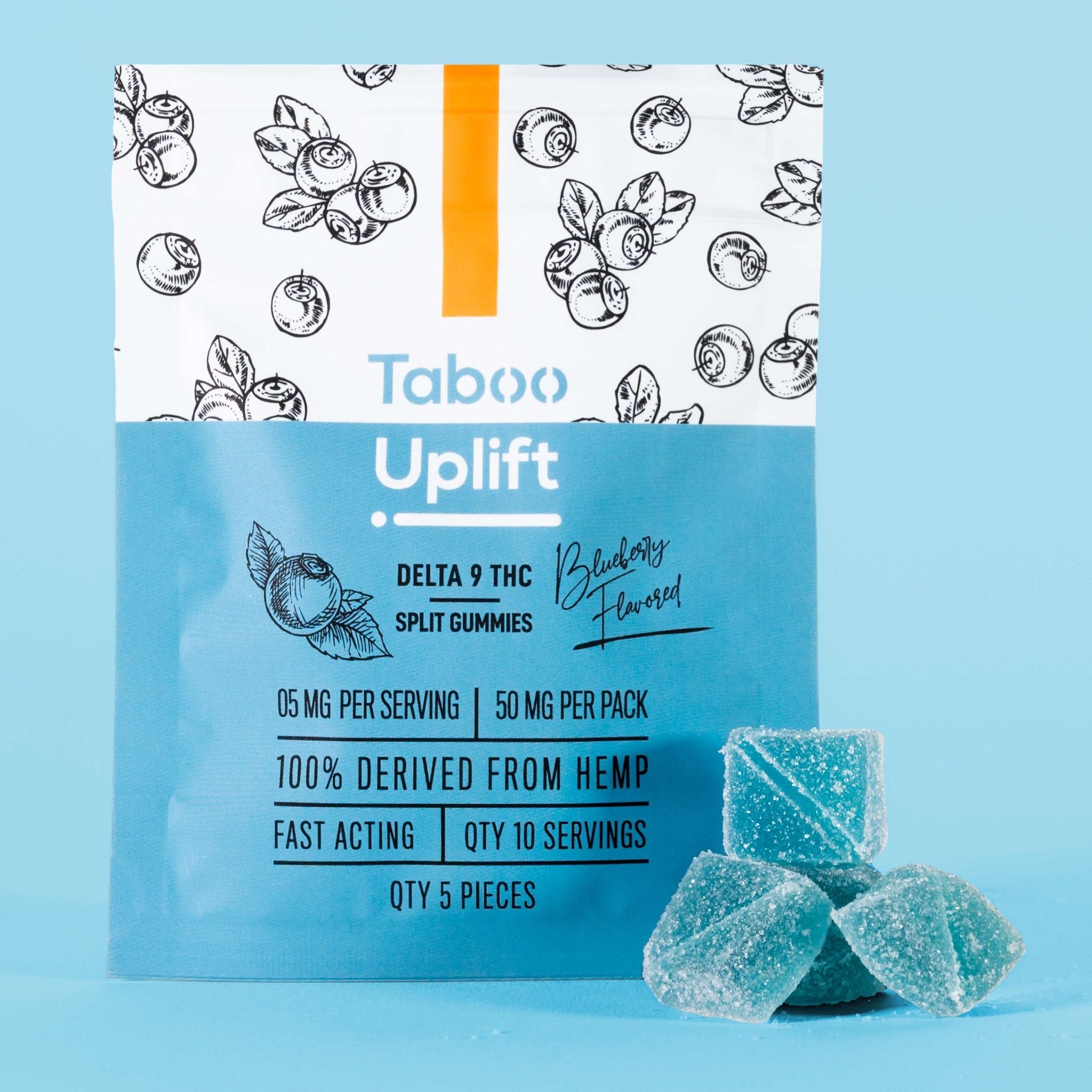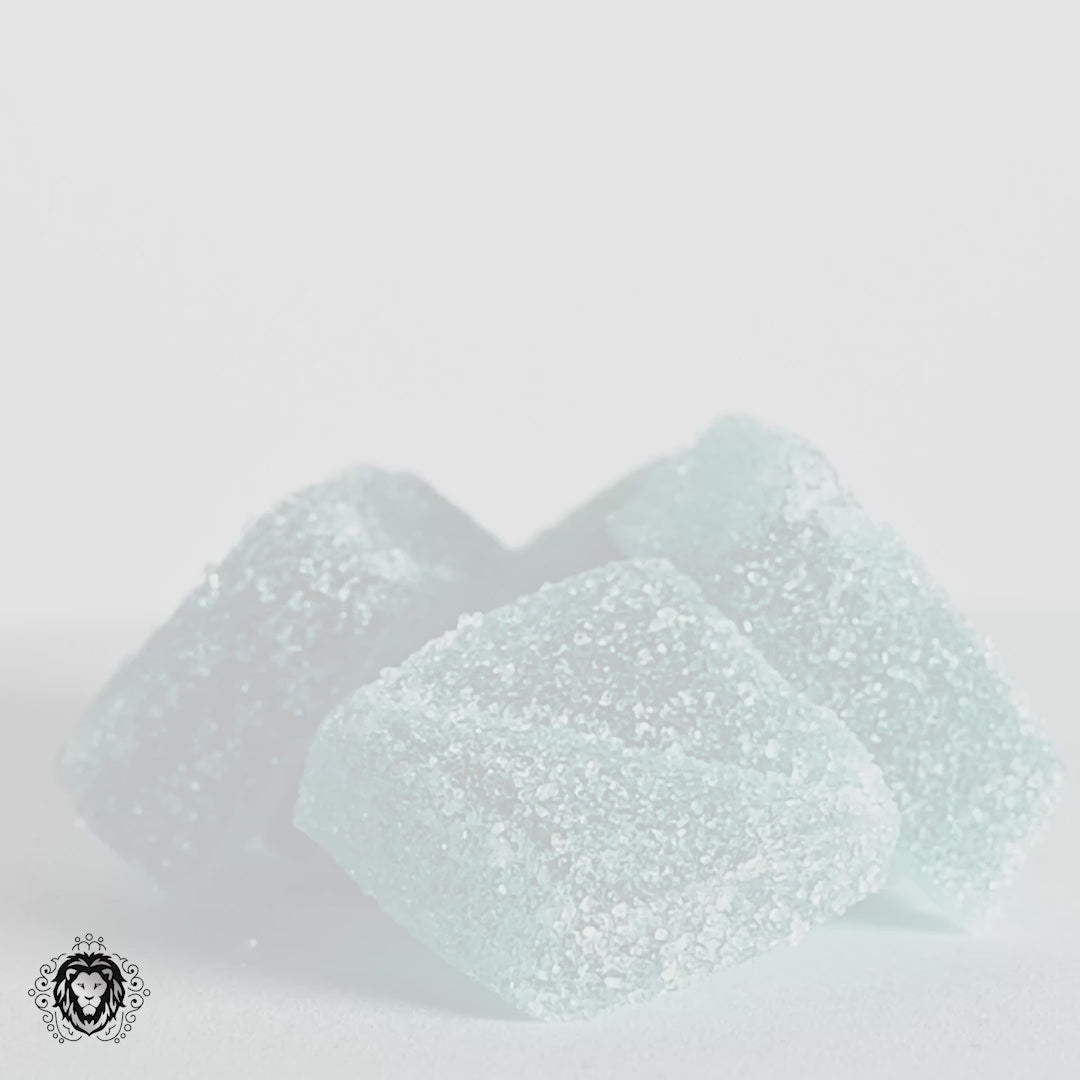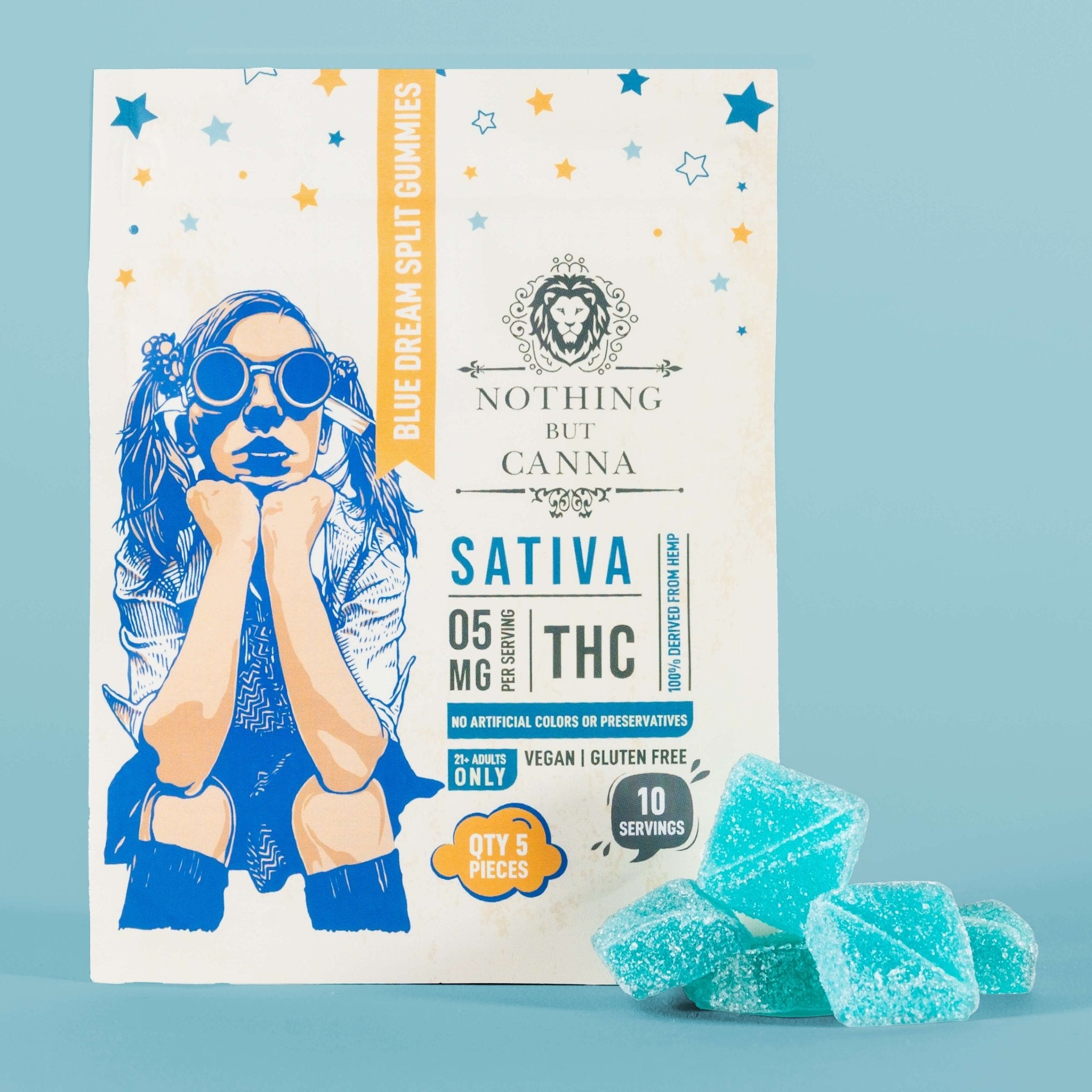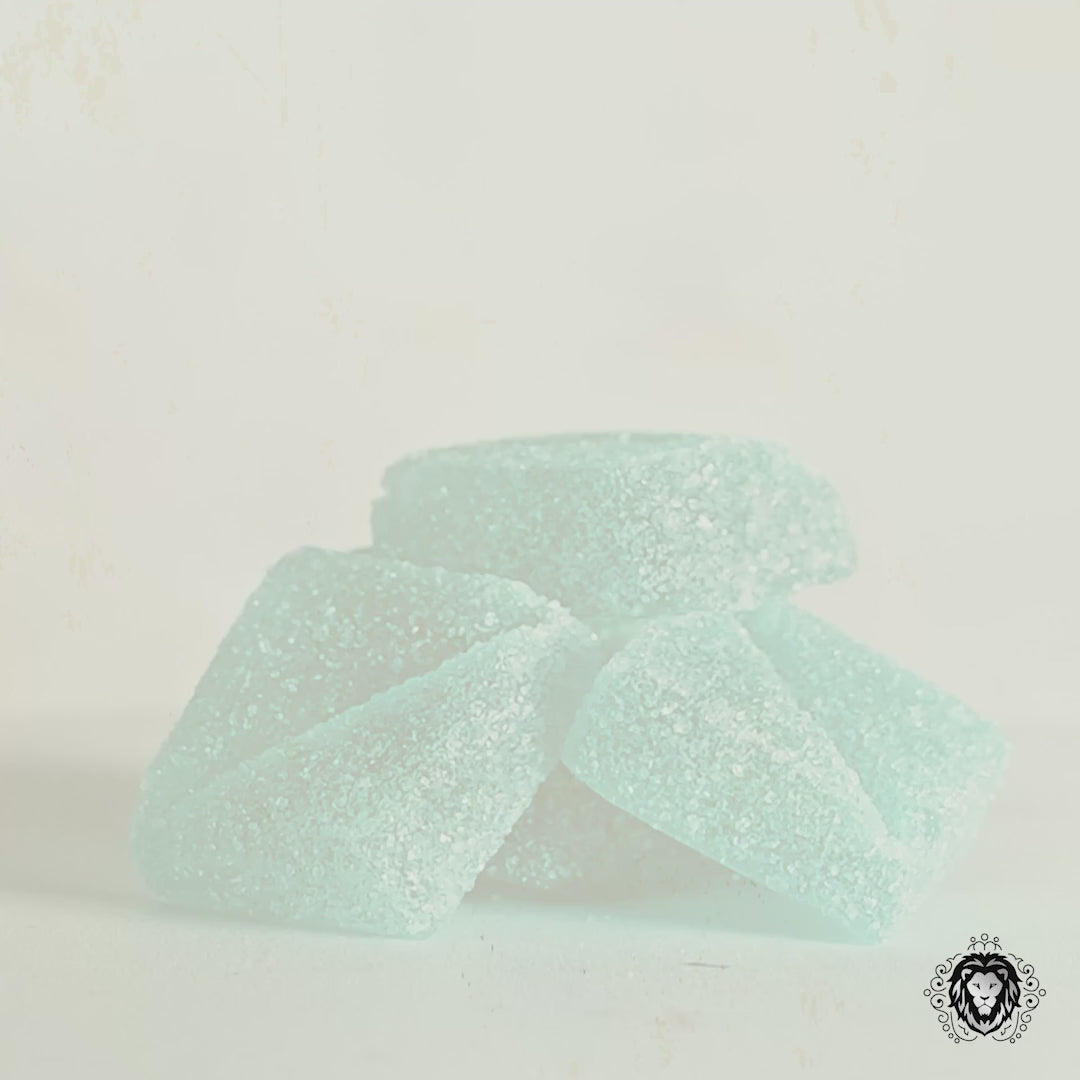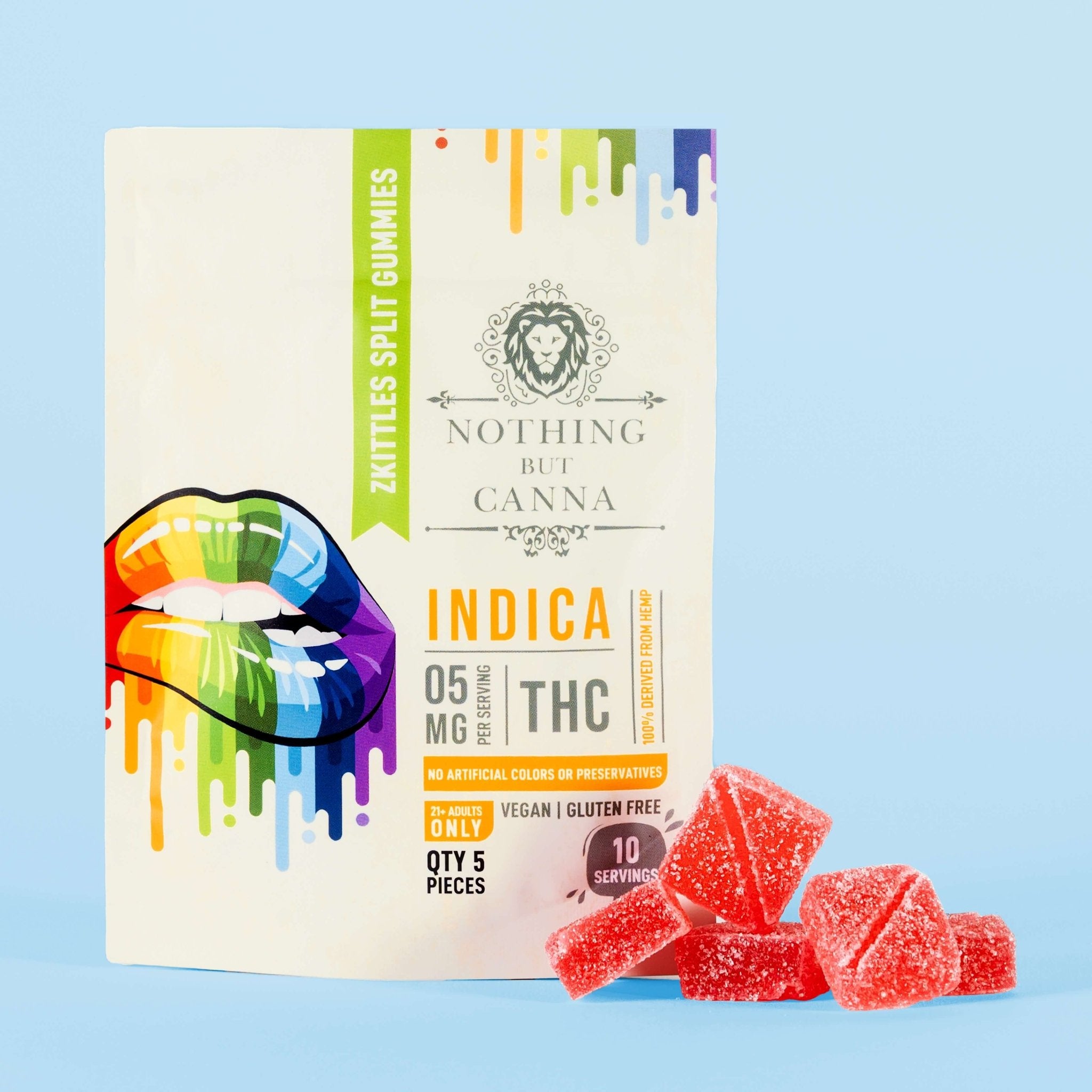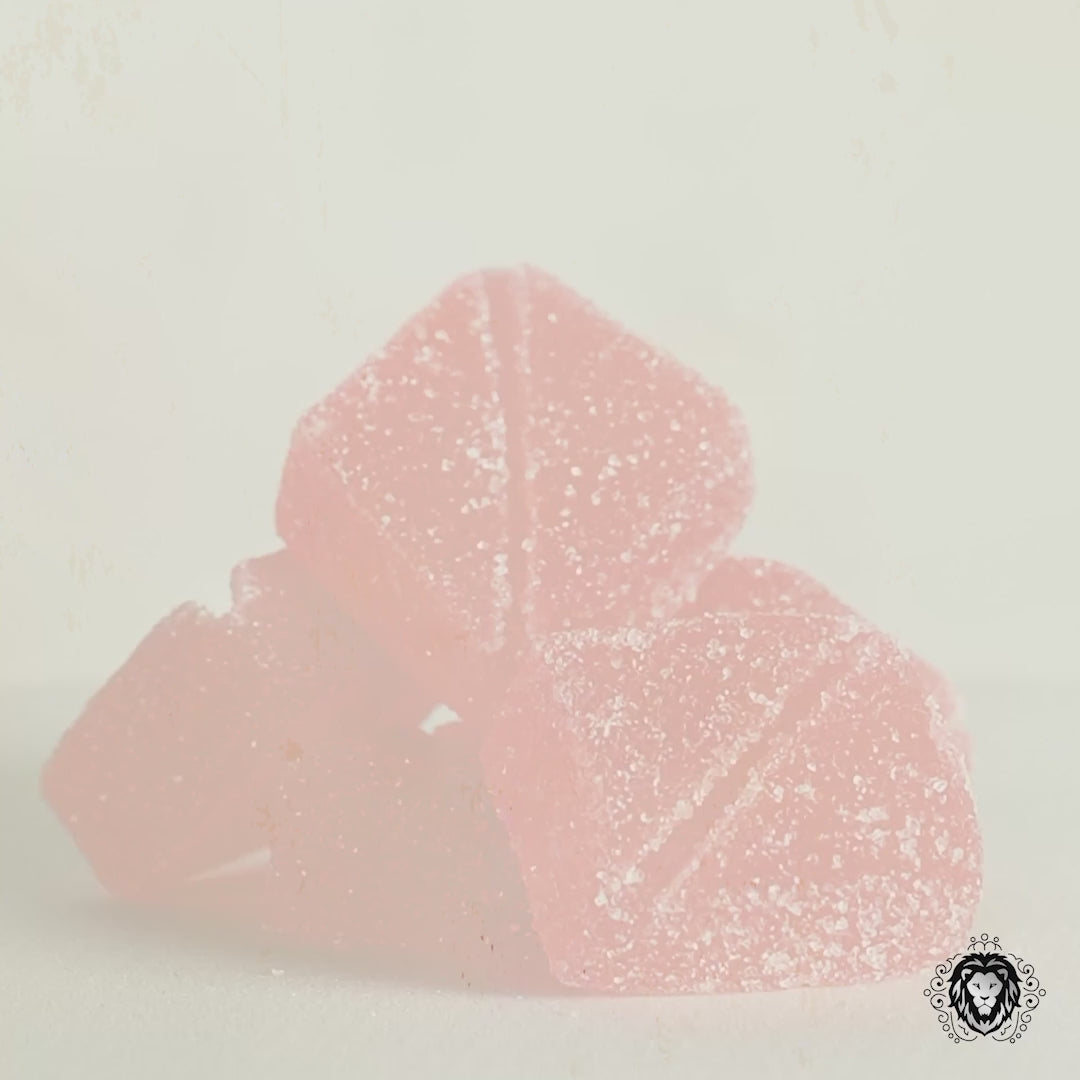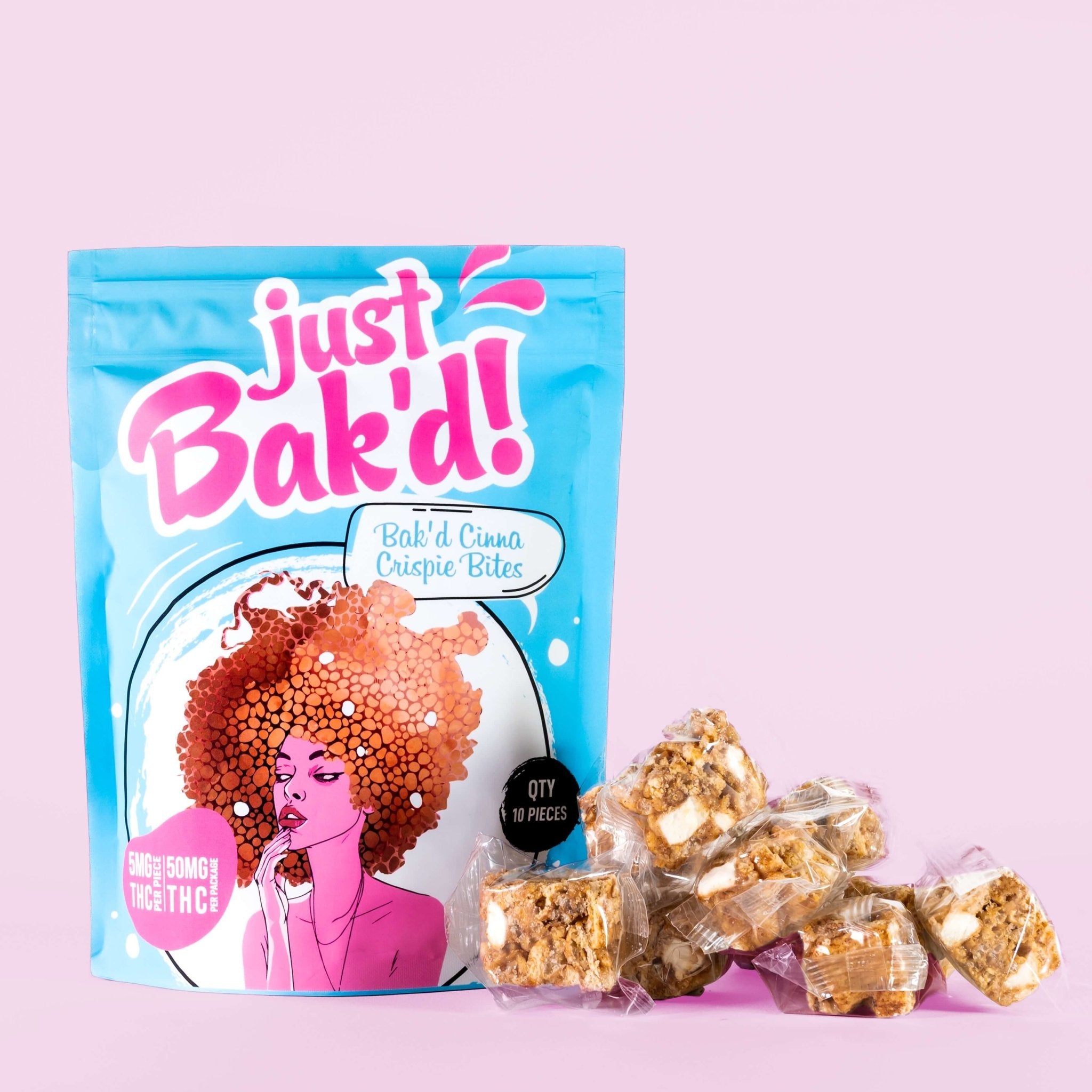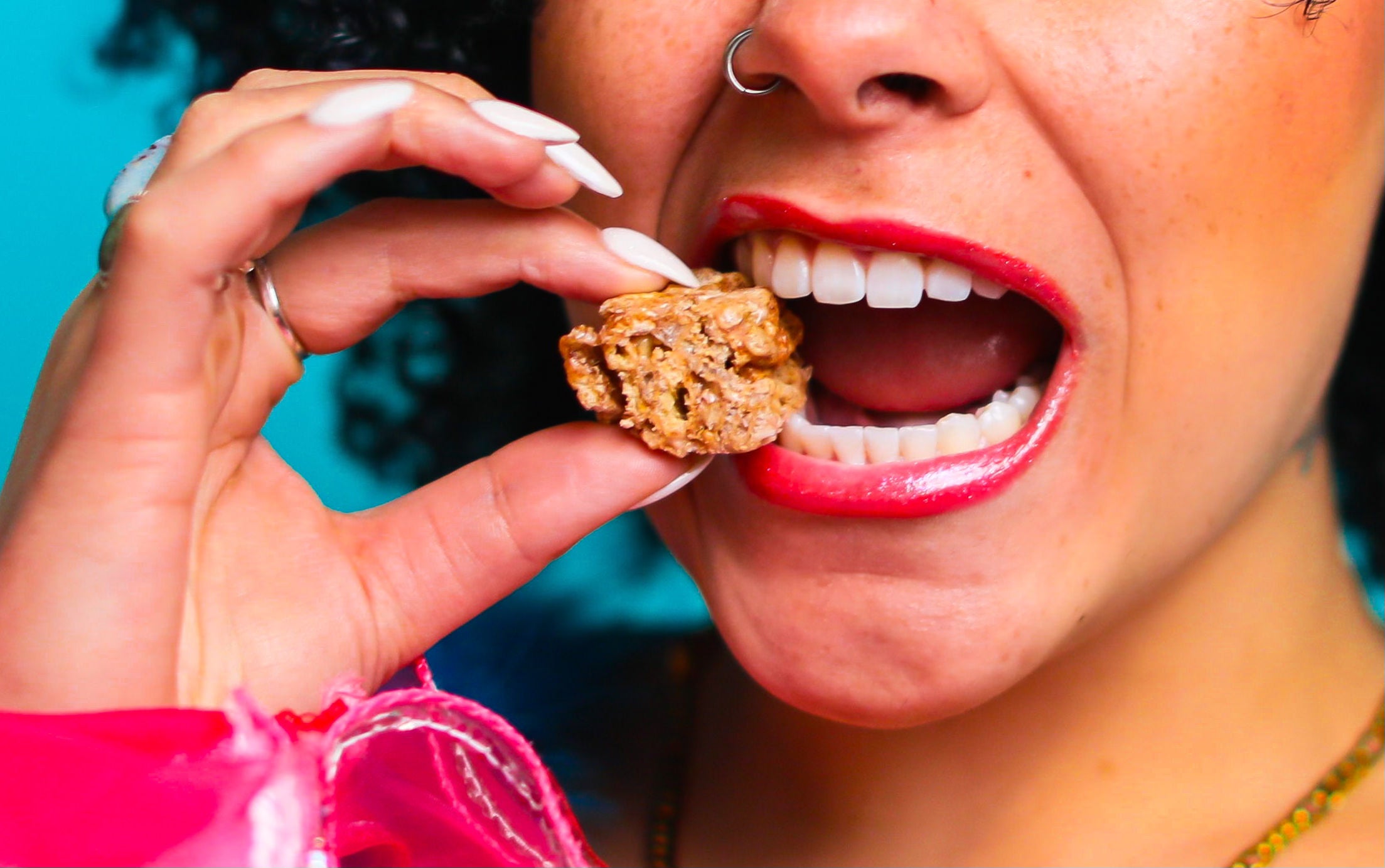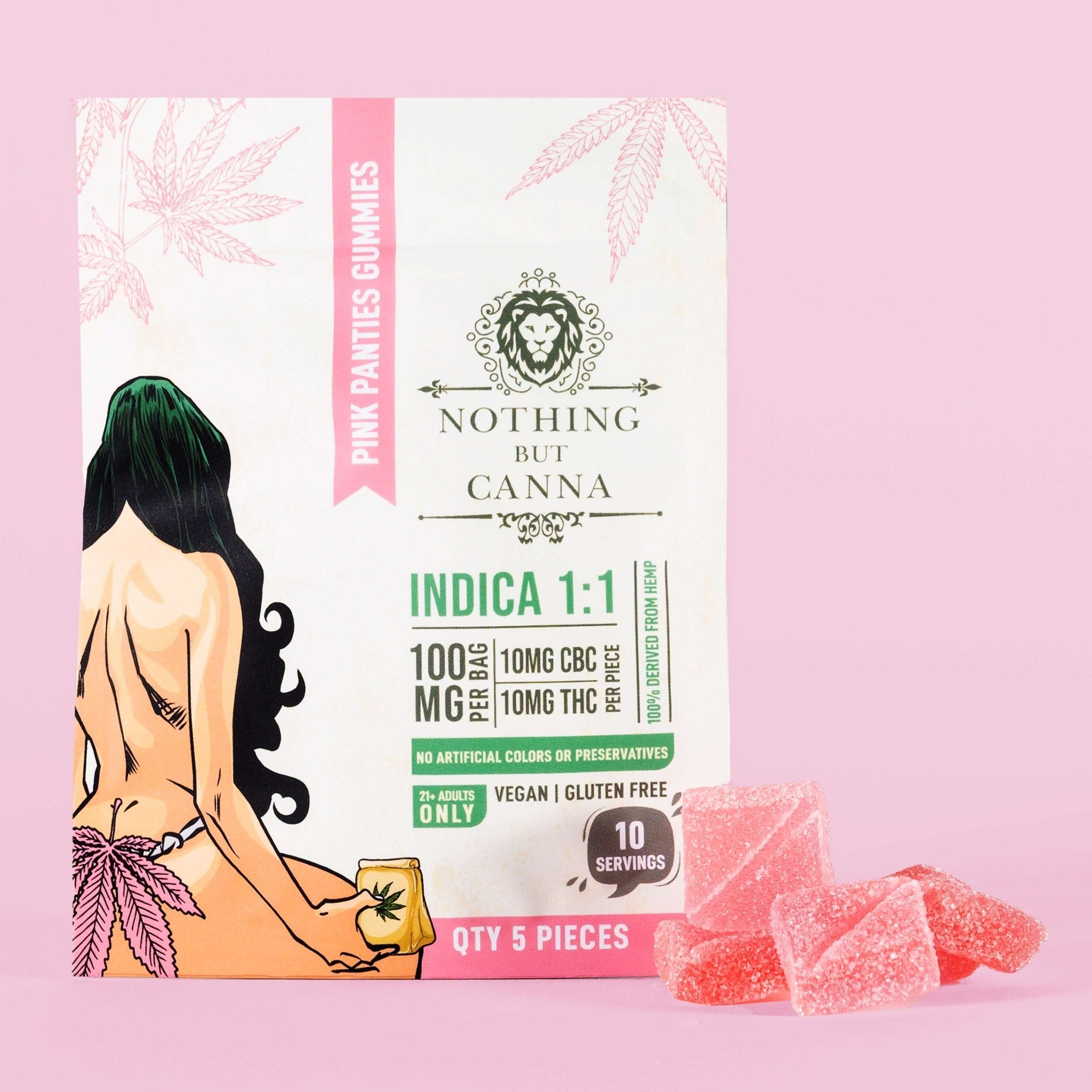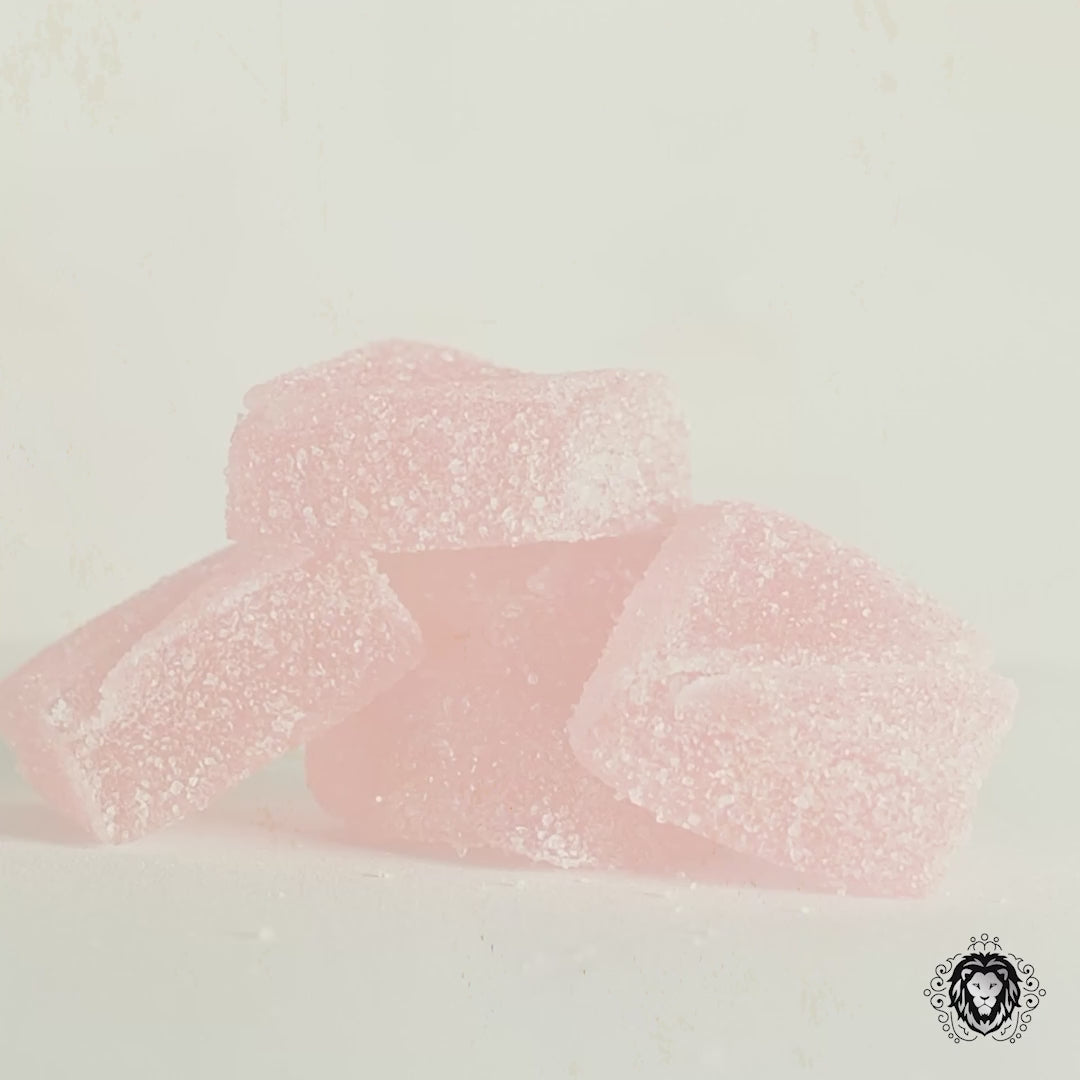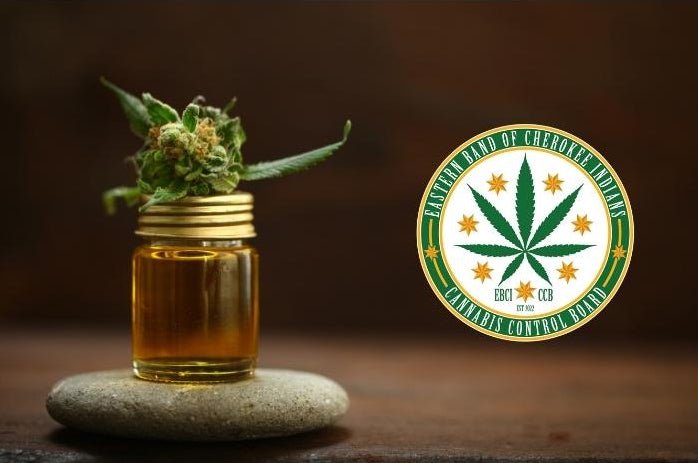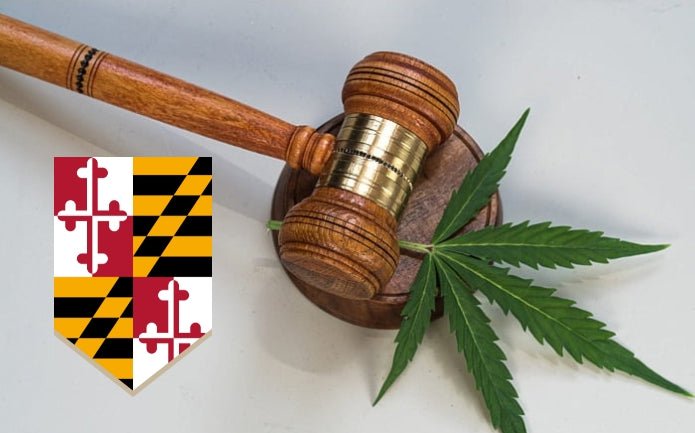Researchers found that the plant did not compete with vines for resources and positively impacted the soil and wine quality.

The hemp plant could become a revolutionary new complementary tool for winemakers worldwide. According to a recent study carried out over three years by grape grower Kristy Harkness and viticulture researcher Dr. Mark Krasnow in the Marlborough wine-producing region in New Zealand, hemp is an ideal cover crop for supplementing the growth, viability and quality of vineyards and the wine they produce.
A cover crop is “any vegetation grown in vineyard middles and occasionally under vines without being harvested. Cover crops may be planted annually fall and spring or maintained perennially.”
Cover crops are used by vintners for a variety of beneficial reasons, including:
- Improve Soil Structure and Mineral Fertility
- Protect Against Erosion and Run-off
- Limit Weed Germination and Growth
- Provide Habitat for Beneficial Insects and Predators
- Influence Grapevine Growth
Overall, researchers discovered that hemp not only did not compete with the grape vines for resources but actually improved the quality of the soil and the wines it produced. Likewise, the plant thrived during the dry season, establishing itself without needing supplemental irrigation when other crops withered away, thus enabling the hemp to sequester carbon longer into the season.
For areas like California, which have prolific and world-renowned wine and hemp markets, the study results could have a considerable impact on the long-term future of both industries.
To properly evaluate hemp as a cover crop and intercrop on the vines and their surrounding soil, researchers planted industrial hemp seeds in the middle row of the vineyard. Along with demonstrating a superior capacity to thrive without additional irrigation, the plant’s presence also positively affected the overall quality of the grapes grown next to hemp instead of those not.
“Hemp plants grew large roots to at least 30 cm and were able to grow in compacted tractor wheel tracks in the row, where the root system can alleviate compaction caused by vineyard operations. Juice/must samples from the 2019 harvest showed a higher diversity of yeast species from the hemp area than the control and produced perceptibly better wine,” researchers said.
"Hemp plants grew large roots to at least 30 cm and were able to grow in compacted tractor wheel tracks in the row, where the root system can alleviate compaction caused by vineyard operations. Juice/must samples from the 2019 harvest showed a higher diversity of yeast species from the hemp area than the control and produced perceptibly better wine.”
- Research Study on Hemp as a Cover Crop for Vineyards
The findings were an unexpected and pleasant surprise for the growers and scientists conducting the study. In particular, Harkness highlighted hemp’s ability to improve the quality of the soil and wines produced, calling the discovery “very exciting.”
Harkness said, “The differences in native yeast populations brought about by a hemp cover crop is an aspect sparking much interest. The suggestion that hemp could improve wine quality is an interesting further study topic, but not a path I’m currently going down. As a grape grower, my focus is on producing the highest quality fruit and improving soil health in vineyards.”
"The differences in native yeast populations brought about by a hemp cover crop is an aspect sparking much interest. The suggestion that hemp could improve wine quality is an interesting further study topic, but not a path I’m currently going down. As a grape grower, my focus is on producing the highest quality fruit and improving soil health in vineyards.”
- New Zealand Vintner Kristy Harkness
The lack of competition between hemp and grapes over soil resources was also a “little surprising, considering how large some of the plants grow,” according to Krasnow. As a result of the study, he envisions hemp as an integral element in the future mixture of cover crops, alongside clover for nitrogen production and buckwheat for beneficial insects. Adding hemp would not only create better grapes with fewer inputs and sequester carbon, but it would also reduce the amount of soil compaction in those distinctive tractor wheel tracks, which is a significant issue in vineyard soils.
However, Krasnow believes the most crucial aspect of using hemp as a cover crop pertains to grass. By using hemp instead of sowing grass into the vineyard rows, there would be no more need for mowing, which would further improve grape quality, conserve water, be friendlier to bees, use less diesel fuel and ultimately be more cost-efficient.
“Mowing doesn’t add to wine quality. It may look lovely and more tidy as people drive past, but it’s not that great for the soil,” he added.
"Mowing doesn’t add to wine quality. It may look lovely and more tidy as people drive past, but it’s not that great for the soil.”
- Viticulture Researcher Dr. Mark Krasnow
More research is needed to corroborate and validate Harkness and Krasnow’s findings. However, combining hemp and grape growth to improve the quality of both is an intriguing and financially game-changing development. With the two crops viewed as competing interests on many levels, it is a refreshing twist to find how much mutually beneficial symbiotic connection the pair share. Hopefully, that bond can be the first step toward finding more common ground between the two industries as the end of prohibition rapidly approaches.




